
Right to Relief
Communities
Speak Out
Cambodia's microfinance over-indebtedness crisis is leading to human rights abuses. In 2020, the average microloan in Cambodia was $4,280 – the largest in the world. The average microloan was larger than 95% of Cambodians' incomes. There were 2.8 million microloans held across the country's 3.6 million households.
Desperate borrowers face immense pressure to repay these loans, many of which are collateralised with borrowers’ land titles. This project features the experiences of 14 communities who are affected by microloan debt and land conflicts. Click on the map below to read their stories, or read more about who we are and why we did this project.
Click on any of the filters in the box below to find out which communities are facing these problems.
Filter by unethical behaviours of credit officers
Aggressive collection practices • Pressured land sales • Threats • Encouraged use of private lenders • Fraud
Filter by negative consequences of microloans
Borrowing from private lenders • Eating less food • Selling possessions • Land sales • Child labour • Migration
Filter by reasons for borrowing
Repaying other debt • Healthcare • Building a house • Agriculture • Child's education
Click on community markers on the map to view their full profiles.
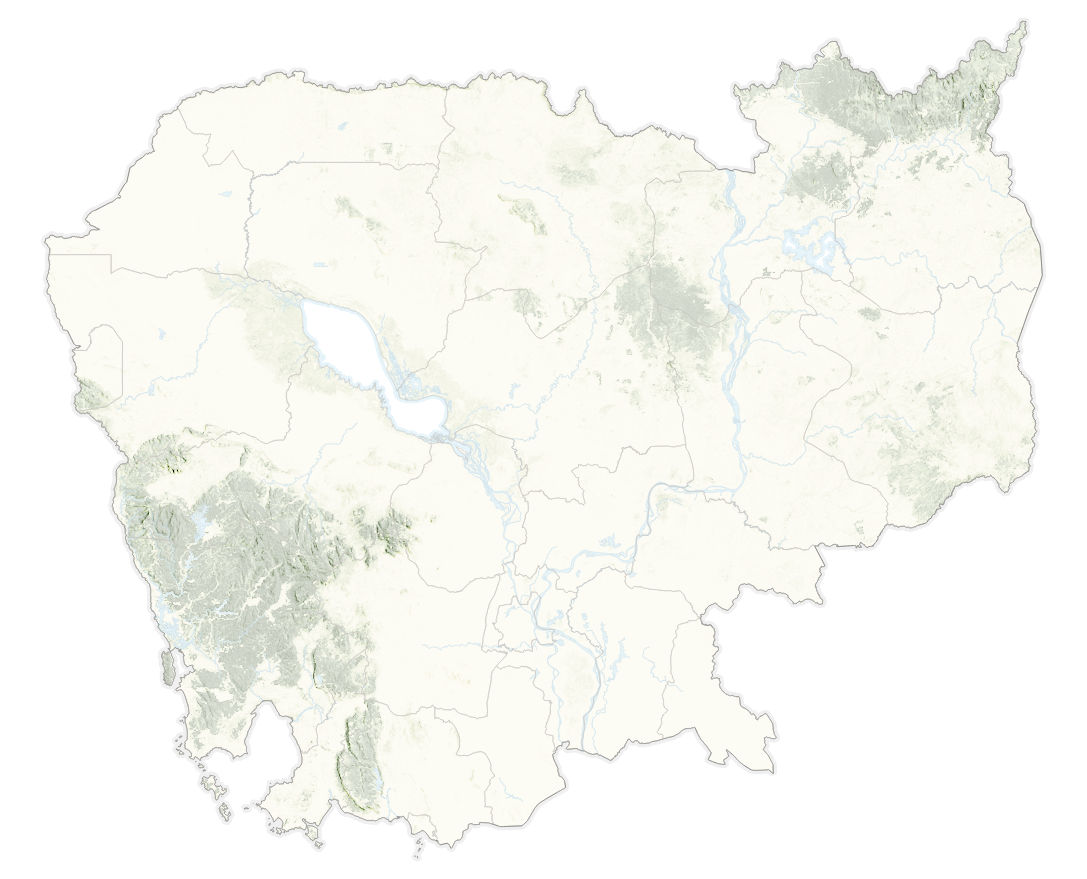
Number of Families
36
Start of Land Conflict
2010
Percent of Families with MFI Debt
100%
Average Loan Size
$4,000 USD
Sources of Income
Day labourer • Selling handicrafts • Agriculture • Animal husbandry • NTFP • Garment worker • Construction worker • Fishing
Krang Tbaeng community is located Kampong Speu province’s Oral district. Community members settled there prior to the Khmer Rouge regime, and many received plots of land since 1996. More than half of households have at least one member who is currently or was recently employed at a garment factory. Some families earn income by selling goods from their homes or working as day-labourers, whereas others harvest mushrooms and vegetables from the nearby forests.
In 2010, Phnom Penh Sugar Company – owned by ruling party Senator Ly Yong Phat – began clearing land that was actively farmed by community members. Despite some families having lived there since before the Khmer Rouge regime, community members were intimidated with armed guards, and some had their houses burned down. After seizing between 1.5 and 5 hectares of the community members’ land, the company filled in three water reservoirs and polluted one stream.
Quotes from the community
Known microloan lenders in community
Reasons for Borrowing
Agriculture • Build a house • Business • Buy a motorbike • Child’s education • Child’s wedding • Healthcare • Repay other debt
An estimated 100% of families borrow from microfinance institutions. Primary reasons for borrowing include to start businesses, buy motorbikes, build houses, pay for marriage ceremonies, or pay off other debts. Community members have noticed that the only thing MFIs ask about before giving loans is whether the borrower has a land title. About one-third of families have sold land in order to repay their microfinance debts, and some borrowers have also sent their under-aged children to work to earn money to repay debts. Private loans from informal lenders are also a serious problem, and are often used to repay MFI loans.
Khon Khorn, Krang Tbaeng community representative
Unethical Behaviours of Credit Officers
Pressured land sales • Threats • Aggressive collection practices • Aggressive lending practices • Encourage use of private lenders
Negative Consequences of Microloans
Additional work • Borrow from MFIs • Borrow from private lenders • Child labour • Children leave school • Eat less food • Family tensions • Land sales • Sell possessions
Microloan providers and their international investors, including many of Europe’s and the United States’ largest development banks, have a moral obligation to address human rights abuses and provide proper remedy and redress. Cambodian borrowers must have the right to relief, or else they will continue to face debt-driven hunger, child labour, migration, coerced land sales, and many other human rights abuses raised as part of this project.
Equitable Cambodia (EC) and the Cambodian League for the Promotion and Defense of Human Rights (LICADHO) are human rights NGOs registered in Cambodia. Both organisations are dedicated to amplifying the voices of grassroots communities and highlighting human rights abuses perpetrated by private and public actors in Cambodia.
This project is based on the principles of community-based research, where community members play an active role in producing knowledge and act as co-researchers. Information was gathered from both focus-group discussions with community members as well as individual interviews. All the information in this report comes from discussions with community members and was verified with community representatives. This project is not meant as the only true source of information about microloans, but rather is meant to accurately reflect the lived experiences of community members. Many of these issues have been raised before in previous reports issued by human rights NGOs in Cambodia.
Many Cambodians are drowning in microloan debt, which is leading to drastic and serious human rights violations across the country, and many people are suffering in silence. To quote one community representative who participated in this project: “I’m happy that our sadness is finally being publicised. We have kept it hidden for so long. The way [the MFIs] act is the opposite of the way they speak. Debt is the biggest problem faced by communities across the country.”
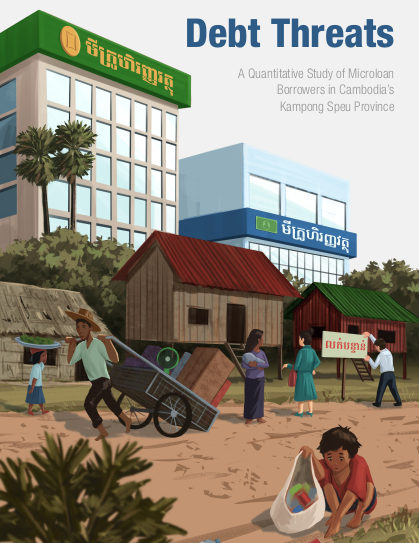
Debt Threats: A Quantitative Study of Microloan Borrowers in Cambodia’s Kampong Speu Province
Released in August 2023
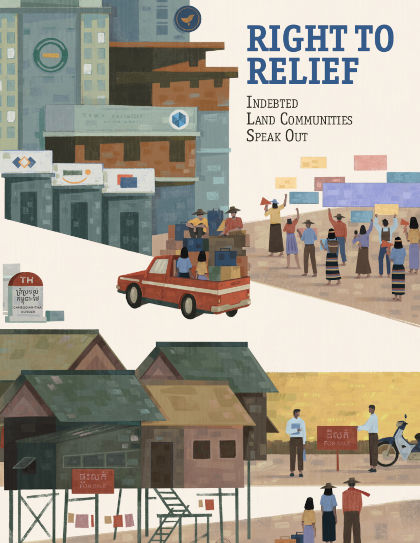
Right to Relief: Indebted Land Communities Speak Out
Released in June 2021
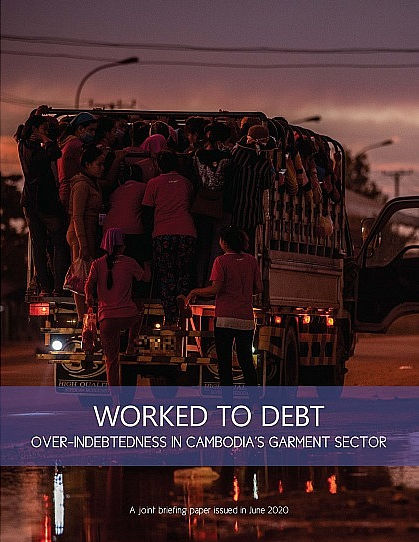
Worked to Debt: Over-Indebtedness in Cambodia's Garment Sector
Released in June 2020
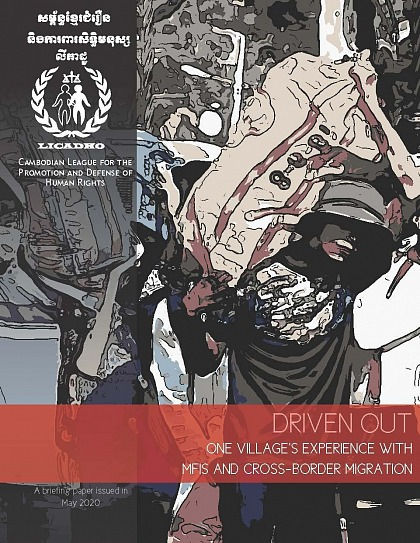
Driven Out: One Village's Experience with MFIs and Cross-Border Migration
Released in May 2020
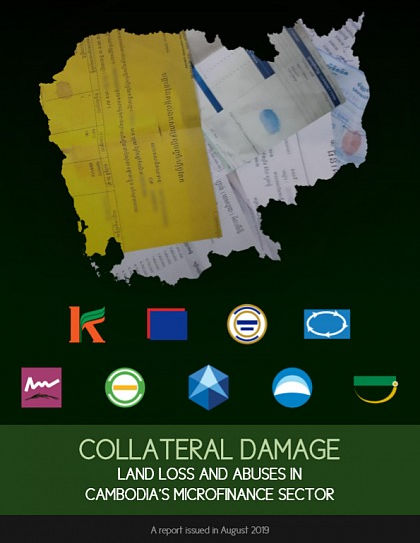
Collateral Damage: Land Loss and Abuses in Cambodia's Microfinance Sector
Released in August 2019